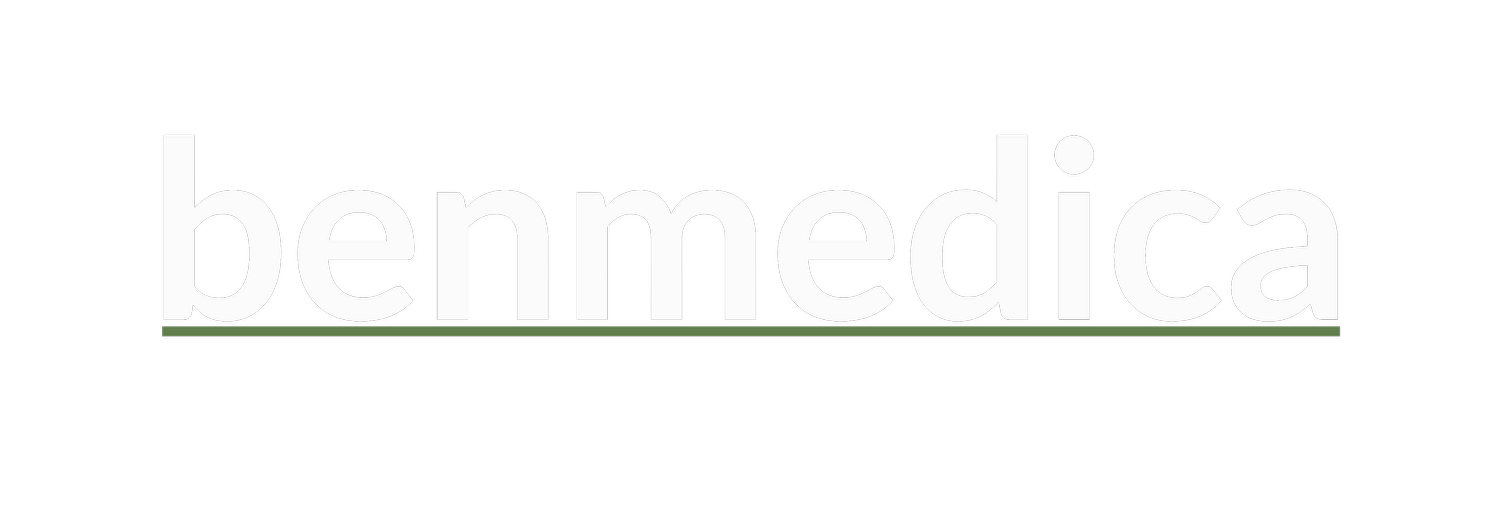Congress mandated that Medicare Part D plans provide patient cost information to physicians in their EHRs. These Real Time Benefit Tools (RTBT) have been rolled out to physicians through various EHR system updates. A study published in November 2022 in the Applied Clinical Informatics raises questions about the usefulness of RTBT information to physicians if the information does not appear in the optimal time during a physician encounter. In addition to physician concerns about the overall accuracy of the information, the study identified that the information appeared late in the patient encounter after the drug selection discussion with the patient. This underscores the need for payers and PBMs to not only support Formulary and Benefit (F&B) information in the EHR but to enhance their existing support if they already provide it to inform early drug selection.
The Study
The study included 15 semi-structured interviews of prescribers of high-cost medications getting feedback on the physician experience with patient cost information in their EHR. While some may say that the small sample size limits the usefulness of the insights, the researchers determined that the redundancy in the responses did not require additional interviews. The major themes were identified, and additional interviews would underscore existing insights
Accuracy and Simplicity
Patient cost is a complex topic and the physicians interviewed expressed concerns about the accuracy of the information presented and the format of the information. Other cost information reference sources contained approximate patient costs or overall medication costs. Neither of which were useful in identifying the best medication for a patient. Additionally, the method that information is displayed can be confusing and may require a cost discussion with the patient. Often physicians do not have experience with these types of cost discussions.
Uses of Information Provided
The study included four use cases for patient cost information during a visit:
Lower cost similar brand-named medication
Lower cost presentation of the same drug (capsule vs tablet)
Different medication in a different classification of drugs
No other option
We would add one other use case for RTBT. RTBT can also include information on Prior Authorization requirements specific to a patient. For some more sophisticated payers, the incoming request can be triaged to determine if prior authorization is required. For example, if there is a prior authorization in place because the patient needs to have tried and failed on a less expensive drug (step therapy), the payer can identify that the patient has met the criteria and remove the prior authorization requirement for that patient. This could lower the prior authorization burden for patients who meet the payer requirements for m medication.
Right Information at the Wrong Time
Physician interviews centered on two times during a patient encounter where drug cost information might be useful. First is during order entry, when it might be most immediately actionable before a discussion of medication options with a patient. The second is during prescription entry before the order is completed.
The workflow as it has been established requires that the physician complete entry of the entire prescription including the quantity and the intended pharmacy. This is after the discussion with the patient about the medication and requires rework to change a prescription.
As we pointed out in our whitepaper, Physician Insights into Formulary Accuracy, Usability and Real Time Pharmacy Benefit Information, RTBT adds to the physician burden through (1) the time involved to review data from real-time checks on every prescription and (2) how far into the process of writing a prescription they were before a real-time check confirmed a choice or required a change.
Formulary & Benefit Information: An In-Workflow Solution
Formulary & Benefit (F&B) information is present in EHRs when a drug is being selected during order entry. That is the precise time when cost information is of the most value. F&B provides guidance on a drug’s formulary status, prior authorization or other coverage alerts, copay and potential drug alternatives. This is available immediately during drug selection which helps the prescriber write the optimal prescription before triggering a RTPB transaction. RTBT is used as verification, confirming patient-specific coverage alerts and providing drug prices (both for the originally selected drug and potential alternatives at the specified pharmacy.
There are some limitations to formulary data that should be recognized:
Not patient specific
Costs can be included but may not be actual patient costs due to
Deductibles (e.g. where is the patient in their deductible)
A percentage copay
Not ‘real time’ as the information is updated typically monthly but may be more or less frequent depending on the payer.
There are delays in updates but there are also new services to access formulary data from Surescripts and others that do not require periodic downloads and updates. Providing F&B data as a web service can eliminate update these delays. Surescripts does offer a service to provide F&B data in real time, reducing delays because of an update process.
How Benmedica Can Help
Benmedica is on the forefront of creating, reviewing, and augmenting drug formulary, copay and coverage information so that employers and payers can use robust information to ease the physician prescription-selection burden while improving relationships with patients. Not only will patients be able to take their medications more quickly, they will also typically be less expensive. Benmedica can also tie together the drug alternatives from F&B & RTPB to provide a more consistent experience.
If you have questions, contact us to discuss how we can help your organization improve F&B and RTBT please contact the Benmedica team today.


